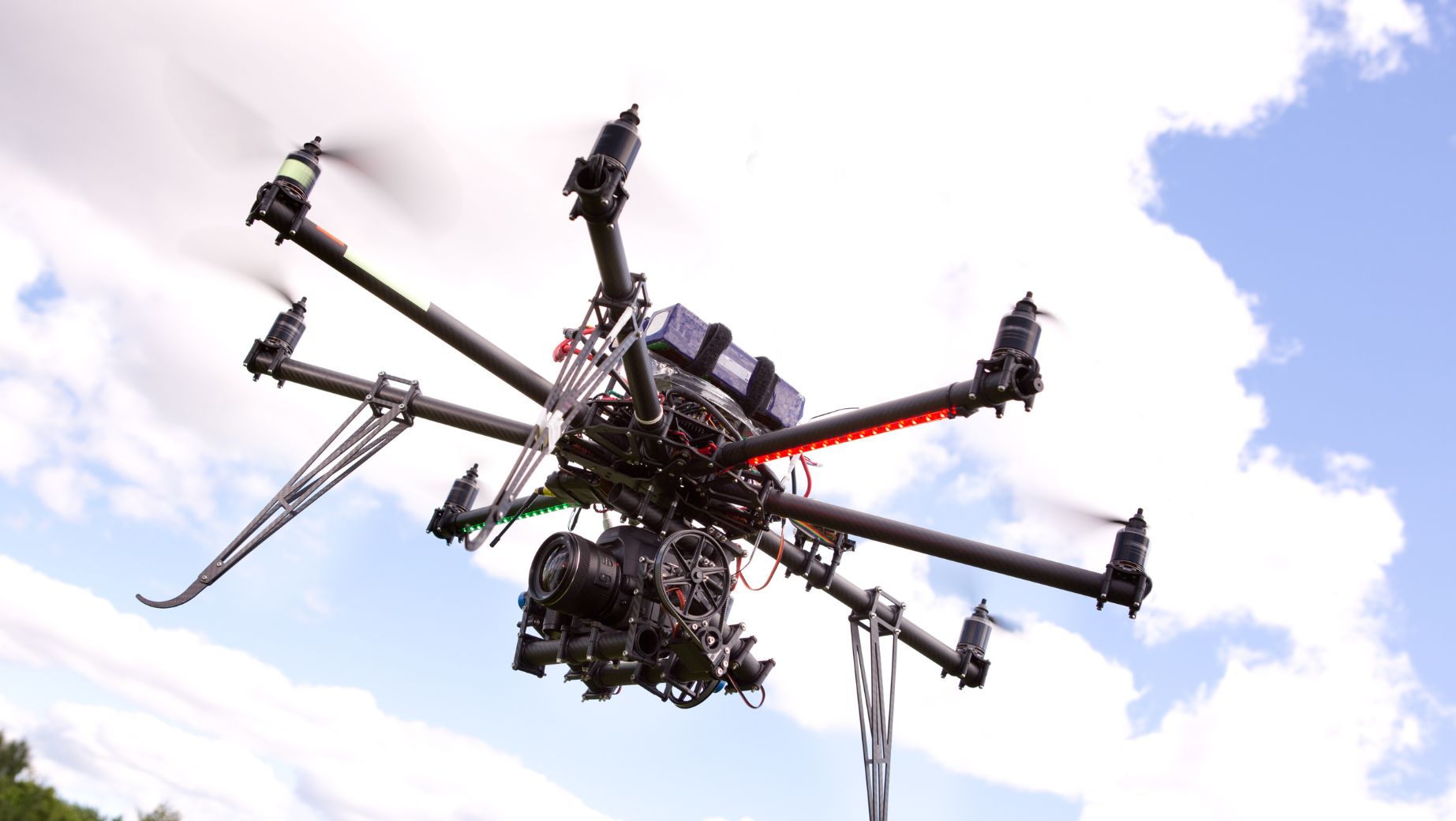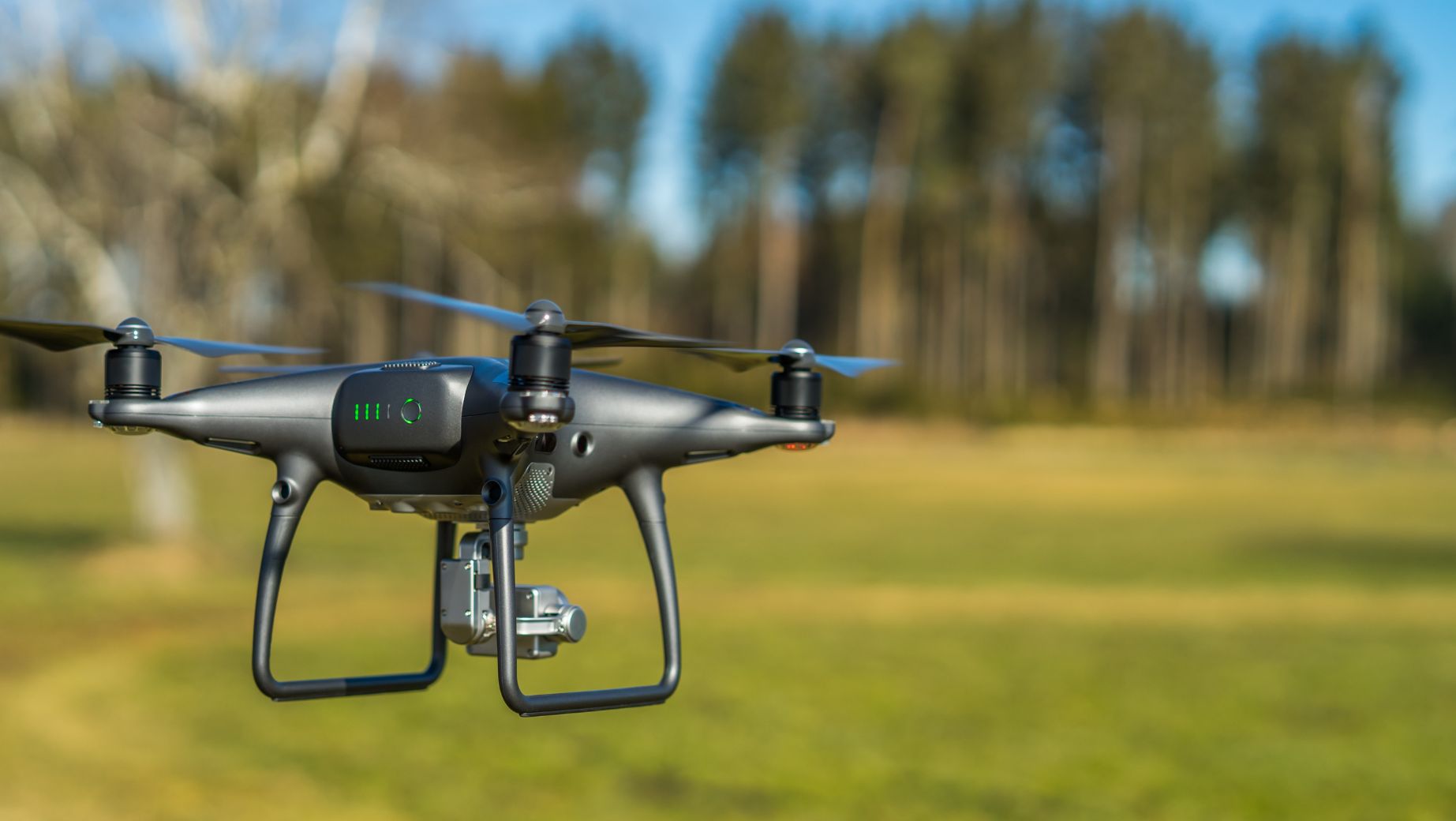
Utility infrastructure maintenance is crucial for ensuring the continuous provision of services and the longevity of the assets. Traditionally, this maintenance has required extensive manpower, heavy machinery, and significant financial expenditures.
However, the evolution of technology has introduced a more efficient alternative: uncrewed aerial vehicles (UAVs) or drones. These autonomous drones for inspection are revolutionizing how checks are conducted and redefining the economics of maintenance operations.
Drones for Inspection
With the rise of autonomous drones for inspection, the landscape of utility maintenance has drastically shifted. These advanced UAVs bring many benefits, primarily by enhancing the efficiency of inspections. Unlike traditional methods, they can access hard-to-reach areas without scaffolding, cranes, or aerial work platforms. This ability reduces the need for physical labour and extensive safety equipment, significantly lowering routine inspections and maintenance costs.
Improving Environmental Sustainability
Incorporating UAVs into routine maintenance procedures also supports environmental sustainability, an increasingly critical consideration for businesses aiming to reduce their ecological footprint. Traditional inspection methods often involve large, fuel-dependent vehicles such as helicopters or trucks emitting significant amounts of carbon dioxide and other pollutants. In contrast, they are typically powered by batteries and produce no direct emissions during operation. This shift to a more environmentally friendly method reduces the overall carbon footprint associated with maintenance operations.
The precision of UAV inspections leads to more efficient maintenance schedules and resource allocation. Companies can avoid unnecessary interventions by accurately identifying which parts of an infrastructure need repair or maintenance, thus reducing waste and minimizing the impact on surrounding environments. For instance, minimizing human activity in natural areas or wildlife habitats helps preserve the ecosystem and avoids disturbing wildlife. Overall, the use of drones not only aligns with cost-saving objectives and corporate sustainability goals, but it is also an all-encompassing solution for modern infrastructure maintenance.
Reduction in Labor and Training Costs
One of the most significant cost savings comes from reduced labor requirements. Traditionally, inspections would involve multiple crew members, including a pilot for aerial vehicles, spotters, and additional ground staff. They can be operated by a single technician, drastically reducing the workforce needed. The training required to operate a drone is considerably less intensive than the training for piloting crewed aircraft or operating heavy lifting equipment, resulting in further reductions in training costs and time.

Alongside reducing the number of personnel needed for operations, UAVs simplify the logistics of planning and executing inspections. This streamlined approach also reduces the administrative overhead associated with coordinating large teams. As UAV technology becomes more user-friendly, the learning curve shortens, allowing a broader range of employees to operate the technology without specialized training, further democratizing the use of this advanced tool in routine operations.
Decreased Downtime and Enhanced Productivity
They provide the ability to perform inspections without shutting down facilities or equipment. This is particularly valuable for industries like energy, where downtime can equate to significant revenue loss. UAVs can swiftly inspect power lines, wind turbines, and other infrastructures without interrupting their operation, thereby enhancing productivity and reducing the losses associated with maintenance shutdowns. This quick turnaround is about maintaining operational continuity and conducting more frequent inspections without additional cost, leading to better maintenance outcomes. Its use allows for more comprehensive data collection during each flight, improving the frequency and quality of inspections. Enhanced data quality ensures that maintenance can be proactive rather than reactive, which is less costly and more efficient. Furthermore, integrating drone-collected data with advanced analytic tools can lead to predictive maintenance strategies, optimizing the scheduling of repairs and replacements based on actual needs rather than routine schedules.
Minimization of Risks and Insurance Costs
Implementing this technology in routine maintenance minimizes the risks associated with working at heights and other dangerous conditions. This risk reduction benefits safety management and reflects positively on insurance premiums. Companies using UAVs can often negotiate lower insurance costs due to the decreased risk of workplace injuries. Moreover, the detailed data they capture helps in the early detection of potential issues, preventing major failures and expensive repairs.
Extended Asset Life and Long-Term Savings
The detailed insights provided by UAVs allow for a more accurate assessment of the condition of infrastructure. This precision enables targeted maintenance, where only the components that need attention are serviced, preserving the integrity and extending the life of assets. This strategic approach prevents over-maintenance, reduces unnecessary expenses, and ensures that budget allocations for maintenance are used optimally. Over time, the cumulative cost savings from drones can be substantial, contributing to more financially sustainable maintenance strategies.

The deployment of UAVs in routine maintenance streamlines processes and introduces significant cost efficiencies. Reducing labor and training costs, decreasing downtime, and minimizing risks contribute to a solid economic case for adopting this technology. As industries continue to embrace these advanced tools, the benefits extend beyond simple cost savings, influencing broader operational enhancements and strategic advantages. In the evolving landscape of industrial maintenance, drones are not just tools but essential components of a cost-effective, efficient, and safe maintenance protocol, marking a new era in how infrastructure upkeep is managed.















